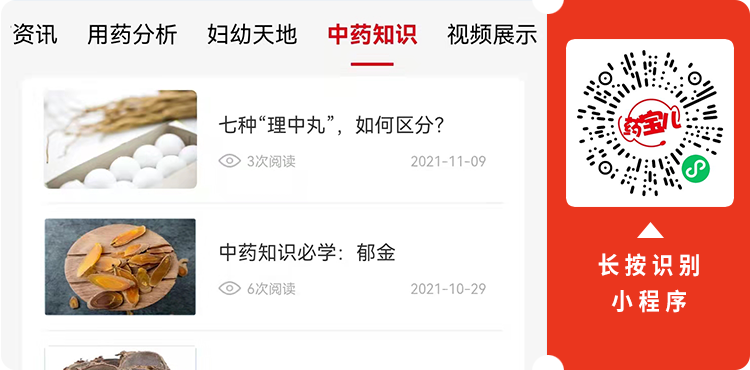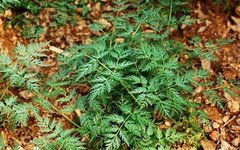
Scan the QR code above

Follow us
Chuanxiong (Ligusticum Chuanxiong) is a commonly used Chinese medicinal herb, first recorded in the Shennong Bencao Jing (Shennong’s Classic of Materia Medica). It is classified as a medium-grade herb and is known for its ability to invigorate blood circulation and dispel blood stasis. Many of you may be familiar with it in daily life. Today, let’s explore the effects and functions of Chuanxiong together!
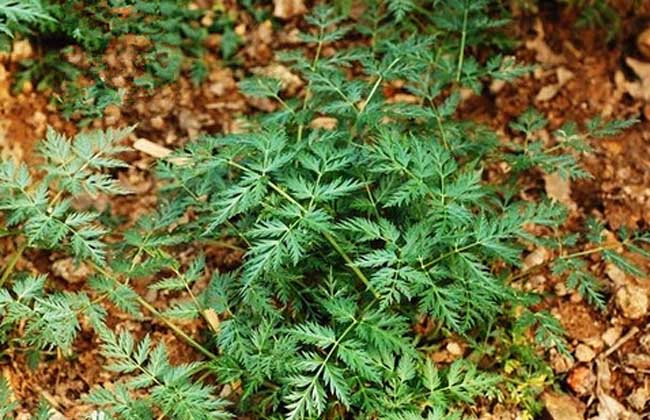
Introduction to Chuanxiong
Source
Chuanxiong is the dried rhizome of the plant Ligusticum chuanxiong, which belongs to the Apiaceae family.
Characteristics of the Herb
It appears as irregular thick slices, with a yellow-brown or brown outer skin and wrinkled texture. The cross-section is yellow-white or gray-yellow, with small yellow-brown oil spots and distinct wavy rings or polygonal patterns. The longitudinal section has an irregular edge, resembling a butterfly, commonly referred to as “butterfly slices,” with a gray-white or yellow-white cut surface scattered with yellow-brown spots.
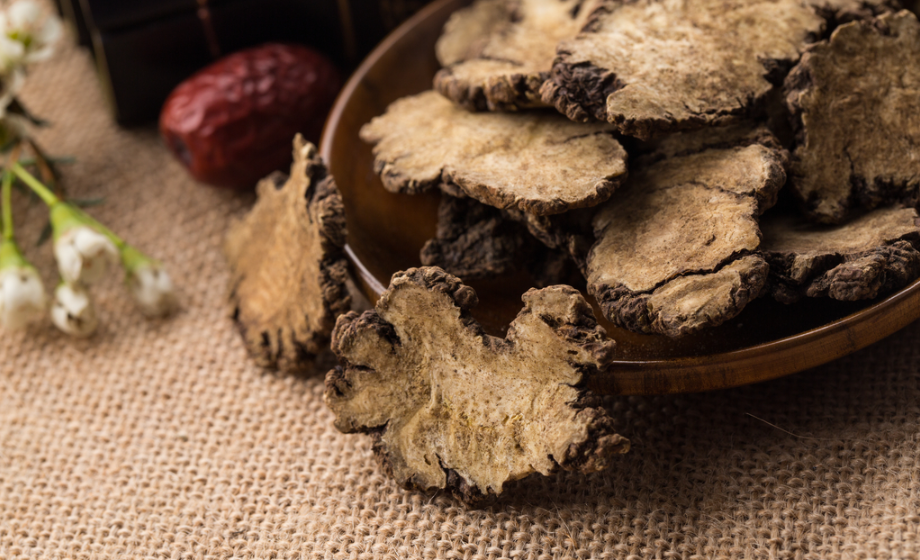
Origin
Primarily produced in Sichuan, Guizhou, and Yunnan, with the best quality coming from Sichuan.
Taste and Properties
Chuanxiong is pungent and warm in nature; it enters the liver, gallbladder, and pericardium meridians.
Functions
It has the effects of invigorating blood circulation, promoting qi flow, dispelling wind, and alleviating pain.
Indications
1
Irregular menstruation, dysmenorrhea, postpartum pain due to blood stasis, and retention of lochia.
2
Chest pain due to blood stasis in the heart, rib pain due to liver qi stagnation, stabbing pain in the chest and ribs due to liver blood stasis, pain from falls and injuries due to blood stasis, and swelling and pain from sores.
3
Various types of headaches and rheumatic pain.
4
In Western medicine, conditions such as angina pectoris due to heart blood stasis, hepatitis due to qi stagnation and blood stasis, acute and chronic sprains, dysmenorrhea, and vascular headache belong to the category of blood stasis.
Modern Medicine
Pharmacological studies on Chuanxiong have revealed that it contains alkaloids, volatile oils (mainly ligustilide and other components), phenolic compounds (such as ferulic acid), lactones, as well as vitamin A, folic acid, sucrose, sterols, and fatty oils. Experimental evidence shows that Chuanxiong has the following pharmacological effects:
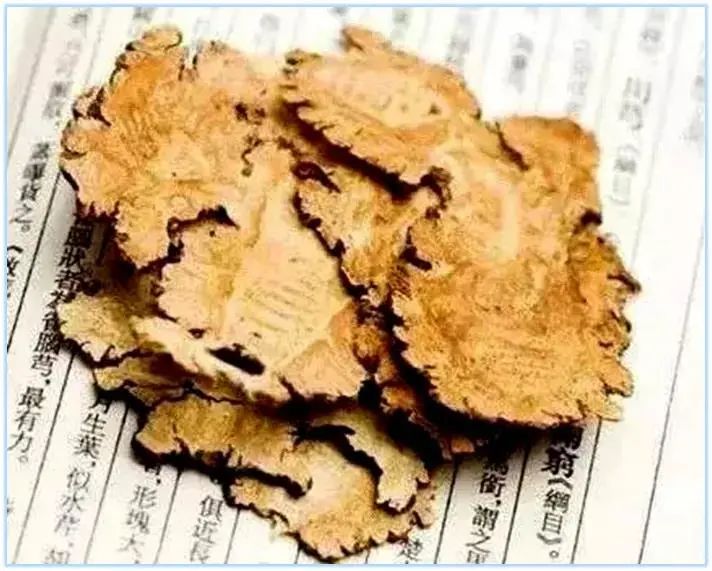
01
Chuanxiong can inhibit vascular smooth muscle contraction, dilate coronary arteries, increase coronary blood flow, and reduce peripheral vascular resistance;
02
It improves microcirculation, inhibits platelet aggregation, and has anti-thrombotic effects;
03
It also promotes hematopoiesis in the bone marrow, has sedative, antispasmodic, immune-regulating, anti-radiation, and anti-tumor effects.
Compatible Medicinal Combinations
Chuanxiong combined with Wu Yao (Lindera aggregata)
Chuanxiong is pungent, warm, and aromatic, capable of ascending and descending, reaching the top of the head and the blood sea, serving as a qi herb in the blood; Wu Yao is pungent and warm, promoting qi and dispelling cold, ascending to the spleen and lungs, descending to the liver and kidneys, and is effective in alleviating pain. This combination is suitable for irregular menstruation, dysmenorrhea, and amenorrhea caused by qi stagnation and blood stasis.
Chuanxiong combined with Dang Gui (Angelica sinensis)
Chuanxiong is pungent, warm, and dry, focusing on invigorating blood and promoting qi; Dang Gui is sweet, nourishing, and slightly pungent, moistening and rich, focusing on nourishing blood. Together, they invigorate blood, nourish blood, promote qi, and can moisten dryness, dispel stasis without harming qi and blood. This combination is suitable for headaches, irregular menstruation, dysmenorrhea, postpartum abdominal pain due to blood stasis, and rheumatic pain due to blood deficiency and stasis.
Chuanxiong combined with Bai Shao (Paeonia lactiflora)
Chuanxiong is pungent, warm, and aromatic, promoting blood circulation and qi flow; Bai Shao is slightly bitter and sour, nourishing blood and astringing yin. Together, they are suitable for irregular menstruation, amenorrhea, and chest and rib pain due to liver blood or liver yin deficiency.
Chuanxiong combined with Chai Hu (Bupleurum chinense) and Xiang Fu (Cyperus rotundus)
Chuanxiong is pungent and warm, capable of invigorating blood and promoting qi, alleviating pain, and reaching both the head and the blood sea; Chai Hu is bitter, pungent, and slightly cold, effective in soothing the liver and relieving depression; Xiang Fu is neutral, good at regulating liver qi and alleviating pain. This combination can soothe the liver, relieve depression, and invigorate blood, suitable for chest tightness, rib pain, dysmenorrhea, and irregular menstruation caused by liver qi stagnation.
Dosage and Administration
Chuanxiong can be taken internally as a decoction, with a typical dosage of 3-9g; when powdered, the dosage is 1-1.5g per time; it can also be powdered for external application or used in decoction for washing.
Precautions
It is important to note that Chuanxiong is pungent and warm, so it should not be used in cases of yin deficiency with excess heat, qi deficiency with profuse sweating, qi counterflow with vomiting, excessive menstruation, or hemorrhagic diseases.
Differences between Raw and Wine-Processed Chuanxiong
Raw Chuanxiong and wine-processed Chuanxiong differ in preparation methods, but both have the effects of invigorating blood circulation, promoting qi flow, and dispelling wind to alleviate pain.
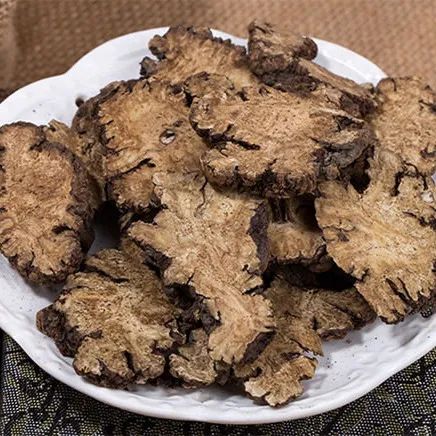
Raw Chuanxiong has a strong aromatic and dispersing nature, effective in invigorating blood circulation and promoting qi flow, primarily treating various pain syndromes caused by blood stasis and qi stagnation;
Wine-processed Chuanxiong enhances the upward movement of the herb and strengthens its effects on invigorating blood circulation, promoting qi flow, and alleviating pain. It is commonly used clinically for headaches due to qi stagnation and blood stasis, chest and rib pain, amenorrhea, dysmenorrhea, as well as injuries and pain in muscles and bones.
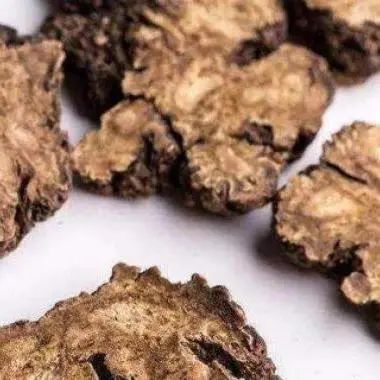
Applications of Chuanxiong
Chuanxiong is not only used in medicinal preparations but can also be utilized in daily life through medicinal meals. Let’s look at a commonly used medicinal dish:
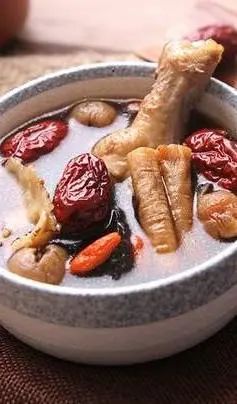
★
Huangqi and Chuanxiong Congee
Ingredients: 30g Huangqi (Astragalus membranaceus), 5g Chuanxiong, 5g Sand Ginger (Alpinia oxyphylla), 10g Sangjisheng (Mulberry Mistletoe), 10g Japonica rice;
Preparation: Boil Huangqi, Chuanxiong, Sand Ginger, and Sangjisheng in water to extract the juice, then wash the Japonica rice and cook it in a clay pot with the medicinal juice until it becomes thick congee;
Usage: Consume in three portions daily while warm.
This medicinal dish can tonify qi, stabilize the fetus, invigorate blood, and alleviate pain. It is suitable for qi deficiency with fetal movement, abdominal pain, and bleeding.
Related Products of Chuanxiong
There are many products on the market containing Chuanxiong, such as Qingxuan Pian (Qingxuan Tablets), Suxiao Jiuxin Wan (Suxiao Rescue Heart Pills), Nao’an Granules (Brain Peace Granules), Xiaoshuantongluo Pian (Xiaoshuan Tongluo Tablets), and Kanli Sha (Kanli Sand).
Qingxuan Pian
Can disperse wind and clear heat. Used for dizziness, vertigo, and headaches;
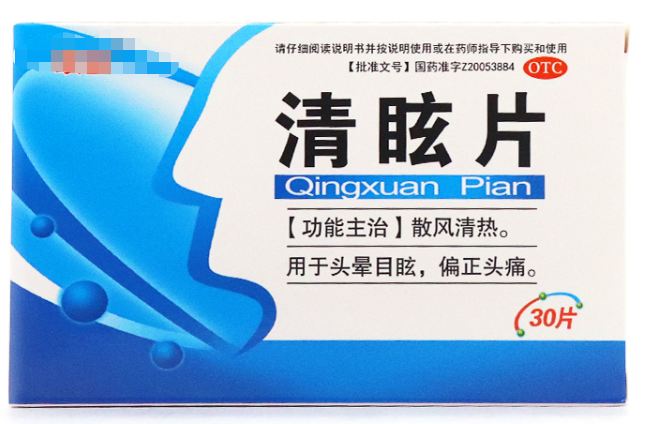
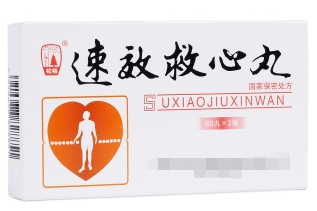
Suxiao Jiuxin Wan
Can promote qi and invigorate blood, dispel stasis and alleviate pain, increase coronary blood flow, and relieve angina. Used for coronary heart disease with qi stagnation and blood stasis, and angina;
Xiaoshuantongluo Pian
Has the effects of invigorating blood, resolving stasis, warming the meridians, and unblocking collaterals, used for recovery from stroke (cerebral thrombosis) within one year, hemiplegia, and limb numbness.
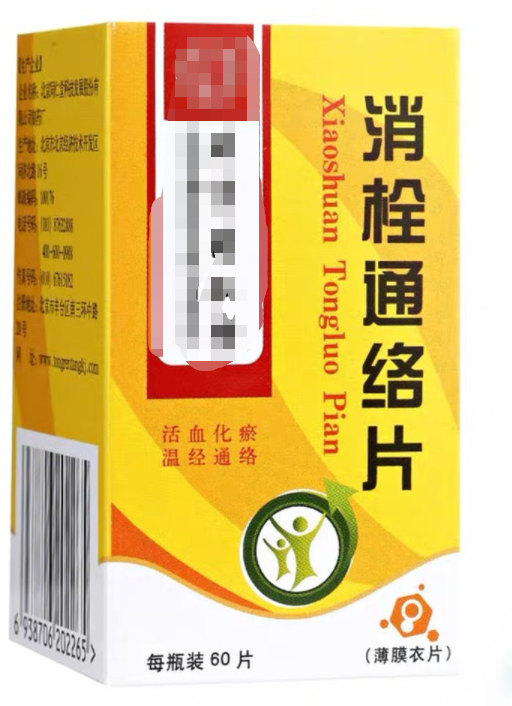
Chuanxiong has many applications, and this is a brief introduction to it. For specific medication, please follow medical advice and do not self-medicate!
If you want to learn more about Chinese herbal medicine,
follow Yaobaoer for more professional and detailed explanations!
Long press the sun code below,
to enter the mini-program for search!
